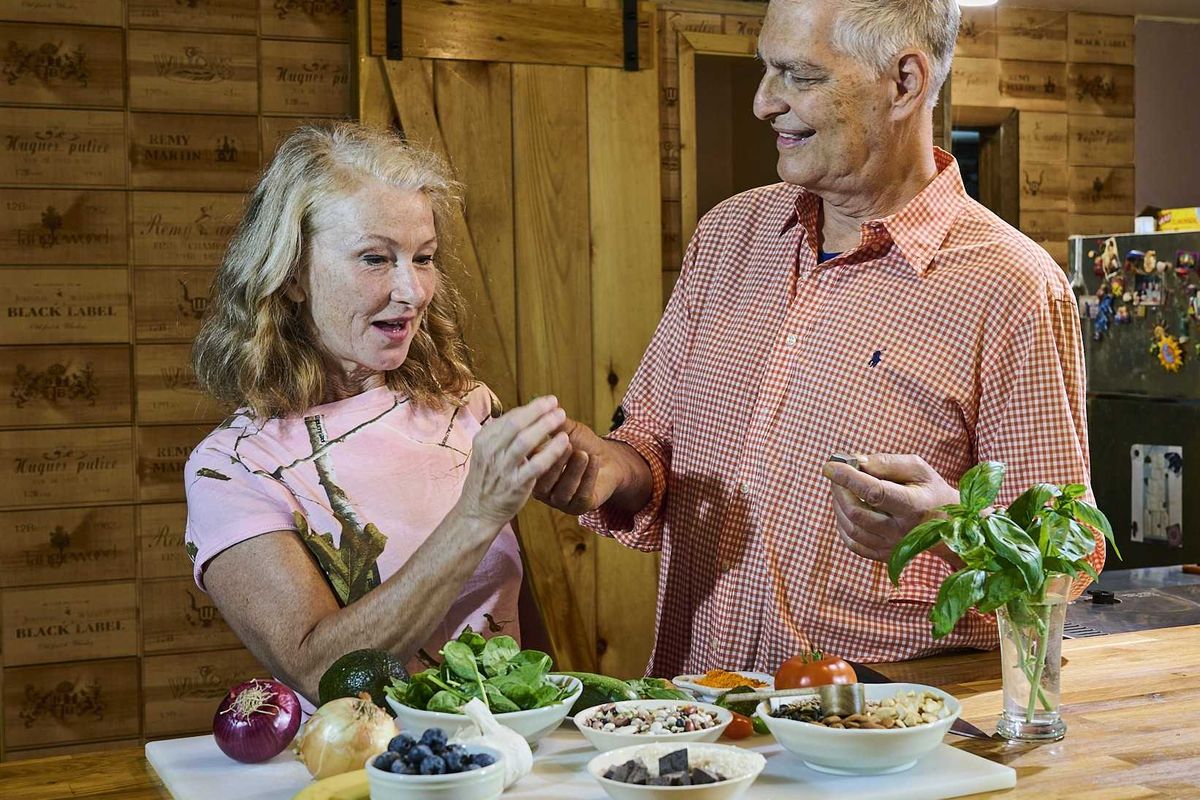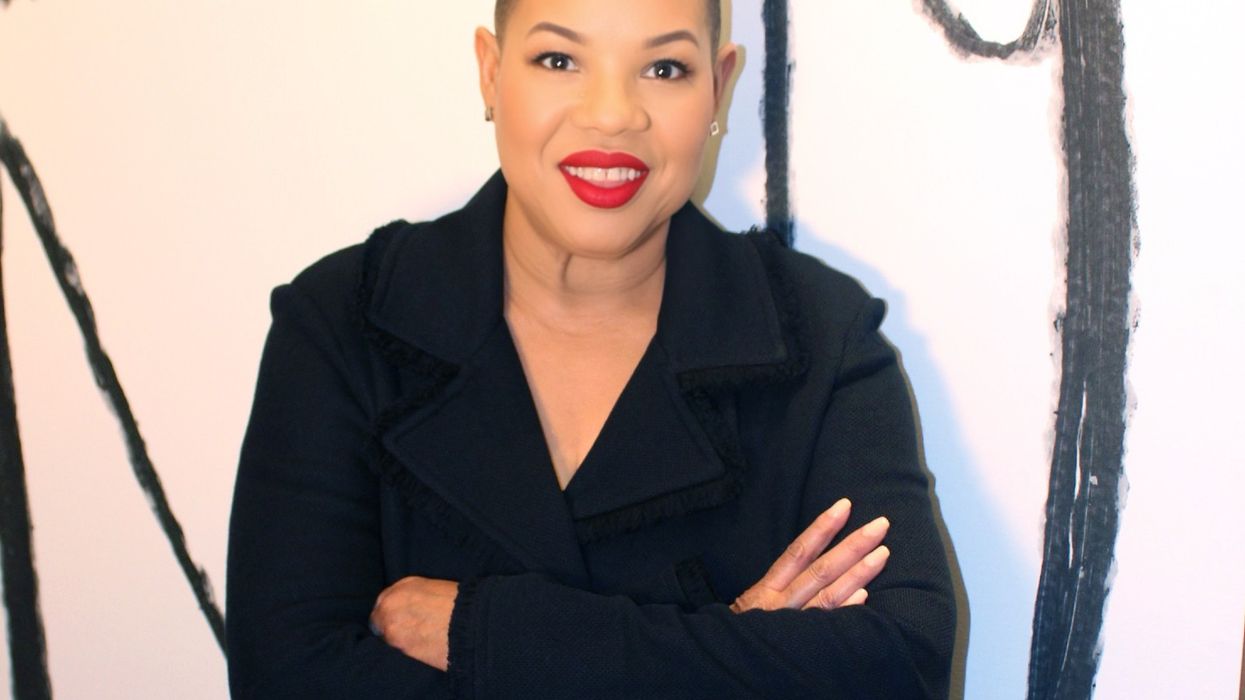Fall is the best of time of year. The leaves are changing colors, it's starting to cool down, and we're getting into the core oh holiday season, kicked off by Halloween. Each Halloween, ghosts and goblins take over the streets, kids go on candy-fueled joyrides, and drivers don their best costumes, hoping their commute is more treat than trick. But one spooky statistic haunts October 31: the roads are genuinely more dangerous on Halloween than on New Year's Eve.
In fact, Halloween consistently has higher traffic accident rates than the calendar's ultimate party night, New Year's Eve, a night known for its celebrations and toasts. The reason? It's a terrifying mix of distracted pedestrians, excited kids, and a surge in cars navigating busy neighborhood streets.
Why Halloween?
Halloween's collision curse is largely due to the unique mix of vulnerable pedestrians—especially children—and drivers less aware of their surroundings in dimly lit neighborhoods. A 2019 study by JAMA Pediatrics found a 43% increase in pedestrian deaths on Halloween, with young trick-or-treaters facing the highest risk in the hours between 5 p.m. and 9 p.m. Kids under 14, eager to reach the next candy stop, are statistically more likely to dart across streets without looking, becoming unexpected hazards for driversaditional New Year’s Eve night, on the other hand, tends to be more focused on adult celebrations that usually happen away from residential neighborhoods. Adults are also more likely to use designated drivers or rideshares after celebrations—a trend that makes New Year's surprisingly safer for drivers and pedestrians alike.
Why Not New Year’s?
Of course, alcohol-related crashes are an unfortunate risk on New Year’s, but they aren’t as numerous as they once were. Increasing public awareness around drunk driving, alongside rideshare apps like Uber and Lyft, have helped mitigate risks associated with New Year's Eve driving. In recent years, a study by the National Highway Traffic Safety Administration found that Halloween often records up to 30% more roadway incidents than New Year’s .
Halloween costumes, as much fun as they are, can also be a big contributor to road hazards. Drivers' outfits can sometimes obstruct their vision or hearing, making them less aware of their surroundings. Costumes that cover the face or restrict peripheral vision—like masks or hats—can be particularly risky. And for pedestrians, especially kids, costumes that make them look spooky can make them nearly invisible at night to drivers already coping with low visibility.
Tricks for Staying Safe
If you’re planning on driving on Halloween, take it slow. Keep an eye out for darting children, especially in densely decorated areas or near schools. Experts advise that pedestrians use flashlights, reflective tape, and to avoid dark costumes that could make them harder to spot.
For pedestrians, consider treating Halloween like a traffic “hot zone.” Designate adults to supervise trick-or-treaters and review safe walking habits, like staying on sidewalks, crossing streets only at corners, and looking both ways.
Halloween may be one of the most exciting holidays, but keeping it safe can ensure the night stays spooky in all the right ways! And remember to check your candy!
Sources
- "Association of Halloween With Pedestrian Fatalities in the United States, 1975-2016," JAMA Pediatrics, 2019.
- "Halloween Traffic Accidents: More Common Than You Think," National Highway Traffic Safety Administration, 2021.
- "New Year’s Eve Drunk Driving Statistics," NHTSA Reports, 2020.









 Karla Mingo believes that her greatest gift as a cancer survivor is the ability to live with gratitude and thankfulness.
Karla Mingo believes that her greatest gift as a cancer survivor is the ability to live with gratitude and thankfulness.



